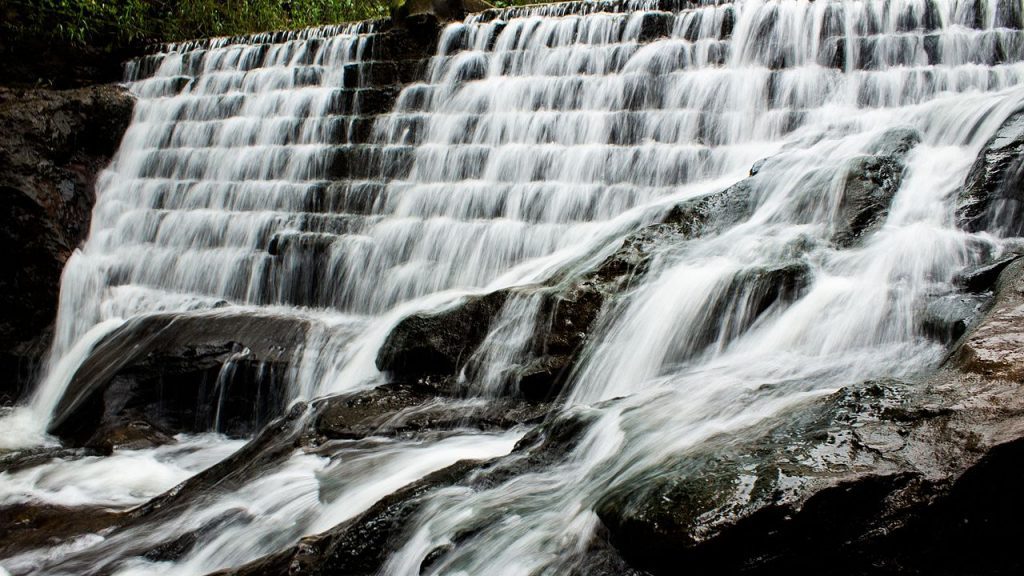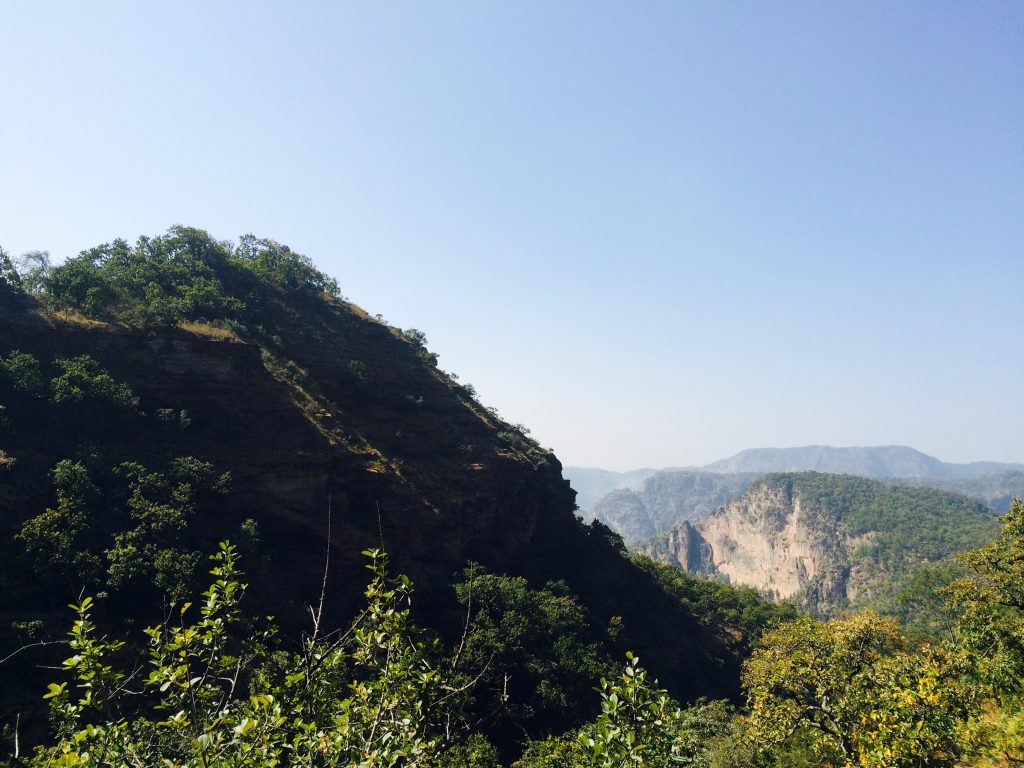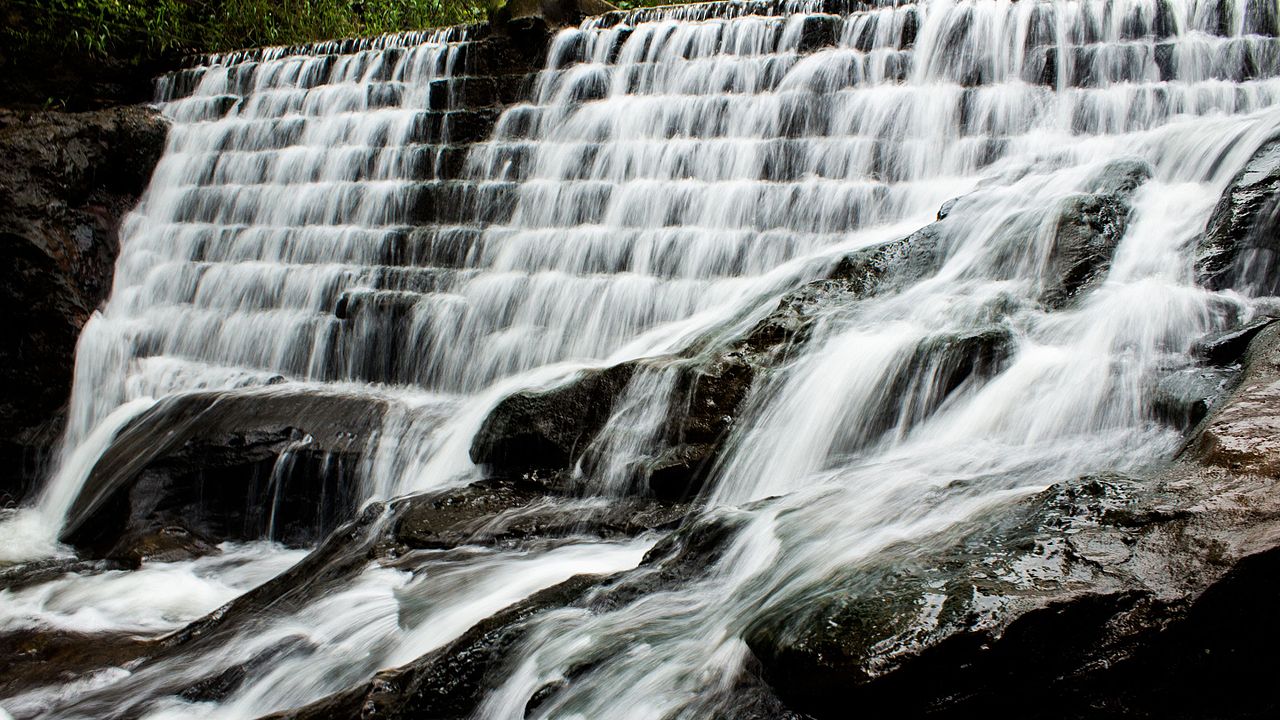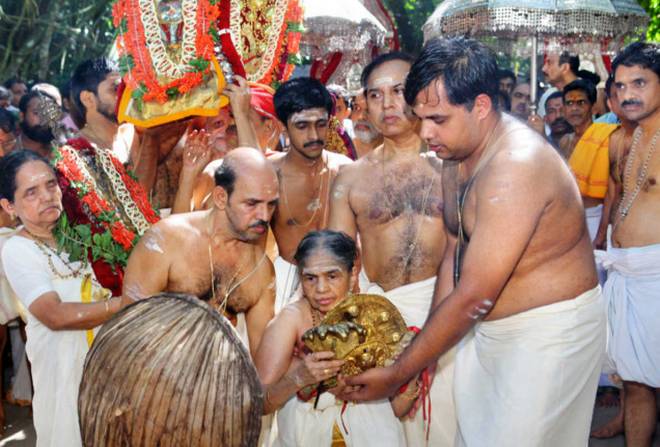Panchmarhi, is a hill station in Madhya Pradesh. Standing at an elevation of 1067m above the sea-level, amidst the Satpura mountain range, Panchmarhi is the only hill station of Central India. It is often fondly called the ‘Queen of Satpuras’, owing to its sheer natural beauty with waterfalls, rugged landscape and dense forest cover. The highest point on the mountains is Dhupgarh, at 1352meters. The entire hill town and its natural resources collectively form the Panchmarhi Biosphere Reserve. If you’re planning a trip to Pachmarhi some time soon, we recommend booking Bhopal to Pachmarhi cabs.

History of Panchmari
If you are a history enthusiast, the existence and development of Panchmari would be of intrigue.
Etymology
Local story has it, that the Pandavas were residing in the forests of this region, in the thirteenth year of their exile. Eventually, they built the caves to make it a safe abode. Thus, the name got derived from Panch- five and Marchi- caves.
Indian mythology
Though mythological, the story of Panchmarchi still holds true, with all the five caves standing atop a hill and have attracted visitors for generations. The beauty of the caves lies in its structure and is now a protected place. All the five caves were cut out of a single sandstone and grouped around. The location of the caves makes for a great location to get a clear view of the mountains and valleys below.
From an archeological standpoint, these caves are said be of the Mesolithic era. An excavation in 1935 revealed painting on the walls of the caves. The motifs and symbols depicting the lives of hunters and gatherers speaks of ancient humans of that time, settled in this region.

Another legend has it – that the plateau area of Panchmari was a huge lake guarded by a giant serpent who terrorized the pilgrims visiting the sacred shrines of the Mahadeo Hills in the area. This angered Lord Shiva who threw his trident on the serpent and stuck him in a canyon, which took the shape of a pot. However, as a side effect, the wrath of Shiva dried up the lake and it became a plateau, which today is Panchmari. As surprising as it may sound, modern day botanists claim that any flora only exists around water bodies in this area.
Panchmari and its natural reserve also holds significance in Buddhist mythology. It is said that in the 1st century AD, this hill town became a shelter for Buddhist monks.
The East India connection
Because of its forest cover and discreet location, the British officials chose Panchmarhi to build a sanitarium. In 1870, under the supervision and patronage of Sir Richard Temple, the first building of the area-the Bison Lodge was built. The building became a military center after few years. Today, the site is a military museum, which attracts tourists and visitors from all over.
This hill-enveloped plateau was said to be precious to the British, because of its natural beauty and serenity. Hence, they never allowed urbanization or commercial development of the land and restricted construction of tall buildings. That is why, even today, Panchmarhi remains a quiet, and quaint little hill town in the heart of Madhya Pradesh.
How to reach
Panchmarhi is almost centrally located in the state of Madhya Pradesh. Thus, it makes for convenient access for tourists from Bhopal, Indore, Jabalpur and neighboring cities. You can reach Panchmarhi by bus from any of these cities. It takes 5-6 hours if you book a Bhopal taxi and about 10-11 hours from Indore to reach this hill station. Madhya Pradesh Tourism Development Corporation (MPTDC) run AC buses at regular intervals and are the most popular bus-line for this region. You can also opt for a train route to Panchmarchi. There is not railway station in the town and the nearest railhead is at Pipariya, about 47 Km from Panchmarhi.
As much as this hilly plateau is known for its historic connection, there are quite a few natural wonders to be found here. From a host of waterfalls to lakes, ravines and wildlife sanctuaries, Panchmari stays to be the most sought-after natural retreat of the heart of India.
Last Updated on March 1, 2023 by blogadmin



